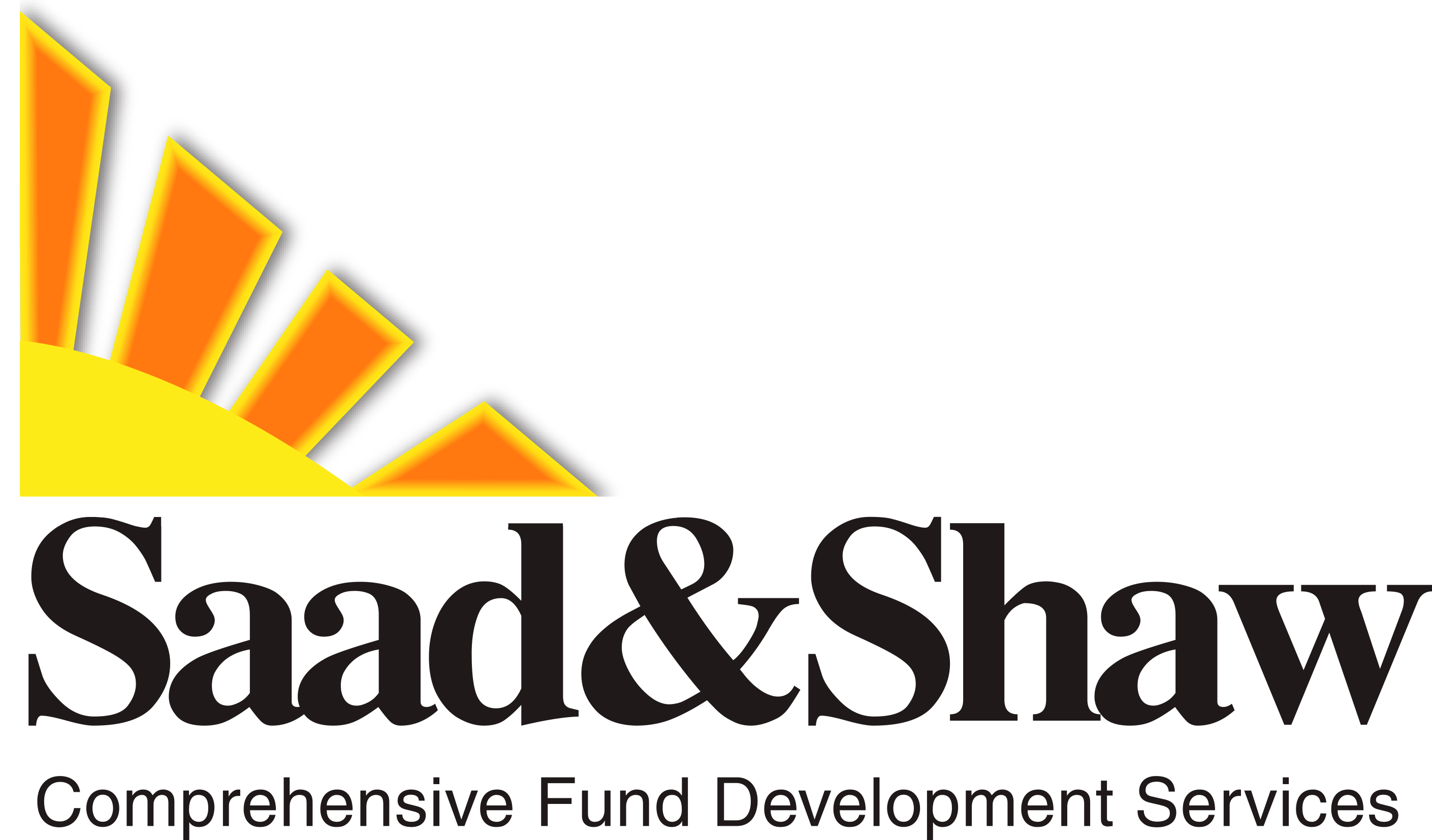Commitment is at the heart of all successful nonprofit fundraising. It needs to be developed and sustained. It starts with the organization’s leadership – the executive director or CEO, board members, as well as leadership level employees and volunteers. The purpose and vision for proposed fundraising needs to be carefully discussed by these parties, ideally through one-on-one conversations with time for challenging questions and clear answers.
After individual conversations have occurred, dedicate time during board meetings for group discussion. Invite grappling with the proposed fundraising initiative, the asking of questions, and the raising of doubts. Encourage new ideas along with expressions of enthusiasm or caution. Allocate enough time for a full discussion. As appropriate, schedule a retreat focused on fundraising. Many organizations host such retreats annually. Others will host a retreat when planning for a capital campaign or other fundraising initiative of special significance. Always leave enough time for all parties to fully understand and commit to a proposed fundraising goal. This is the most important fundraising prerequisite — without full commitment, there is greater potential for fundraising challenges.
We also suggest the executive director set aside time for similar discussions with senior staff. Employees often have insights and suggestions that can positively transform fundraising – ideas that may not be accessible to the organization if they are not invited into the fundraising conversation. A staff retreat may be a good investment of time and resources.
You will also want to gain the support of your organization’s informal leadership — those stakeholders who have supported your organization over the years with their time, money, and talent. Ideally you will talk with major donors, your most consistent donors, and volunteers, consultants, and staff as you develop a fundraising initiative. Remember, fundraising requires more than money. Talking with your extended leadership will help engage the best thinking, involvement, creativity, and networks of those closest to your organization. These individuals can provide ideas and resources that extend beyond those you thought of originally.
Another thing to remember is that prospective donors and funders always ask about the involvement of key stakeholders, particularly board members. In fact, many will shy away from initiatives that do not have demonstrated internal commitment and engagement. For example, many foundations explicitly ask about board giving. They want to know the percentage of board members who give, total dollars contributed, and funds raised through the efforts of board members. The feeling is, “If those closest to you don’t support the project, why should we?” For educational institutions, there is a focus on the rate of alumni giving, the retention of alumni donors, and total funds contributed by alumni.
Are you engaging the leadership within your nonprofit before approaching people outside the organization? How will you ask your fellow leaders for financial gifts and in-kind resources? Do you have a goal for board participation? Let us know.
Mel and Pearl Shaw are the authors of “Prerequisites for Fundraising Success” and “The Fundraiser’s Guide to Soliciting Gifts.” They provide fundraising counsel to nonprofits. Visit them at www.saadandshaw.com. Follow then @saadshaw.



Pingback: Are you Board yet? A more personal perspective on joining a Board | Texere